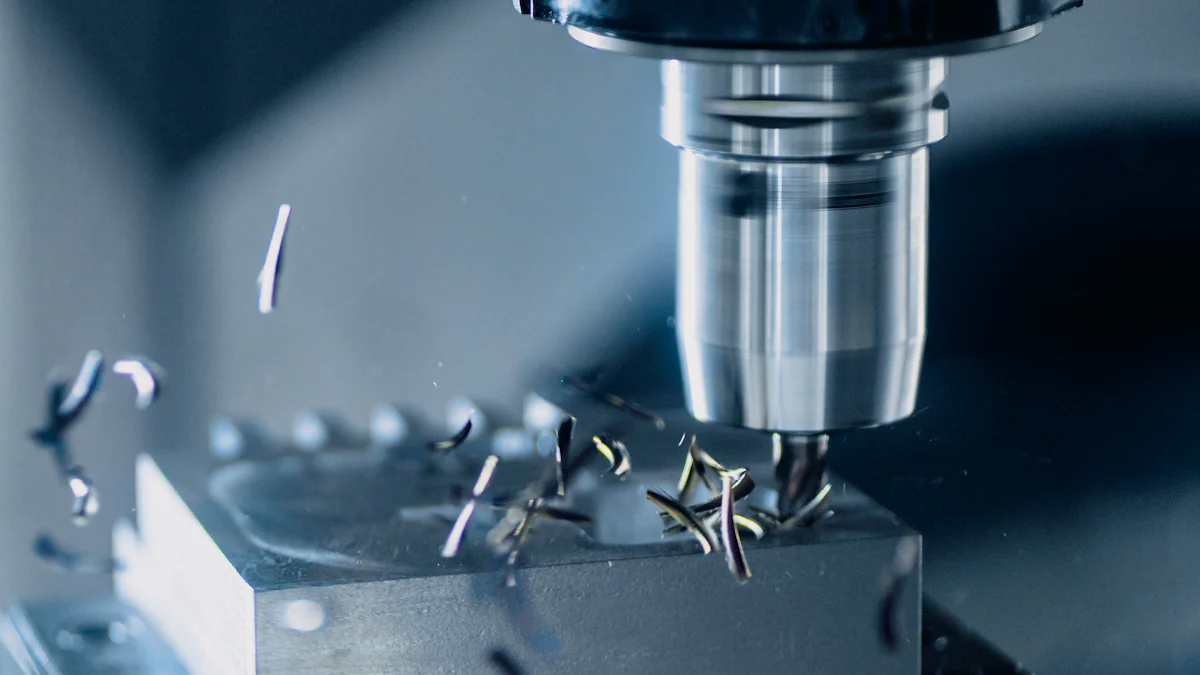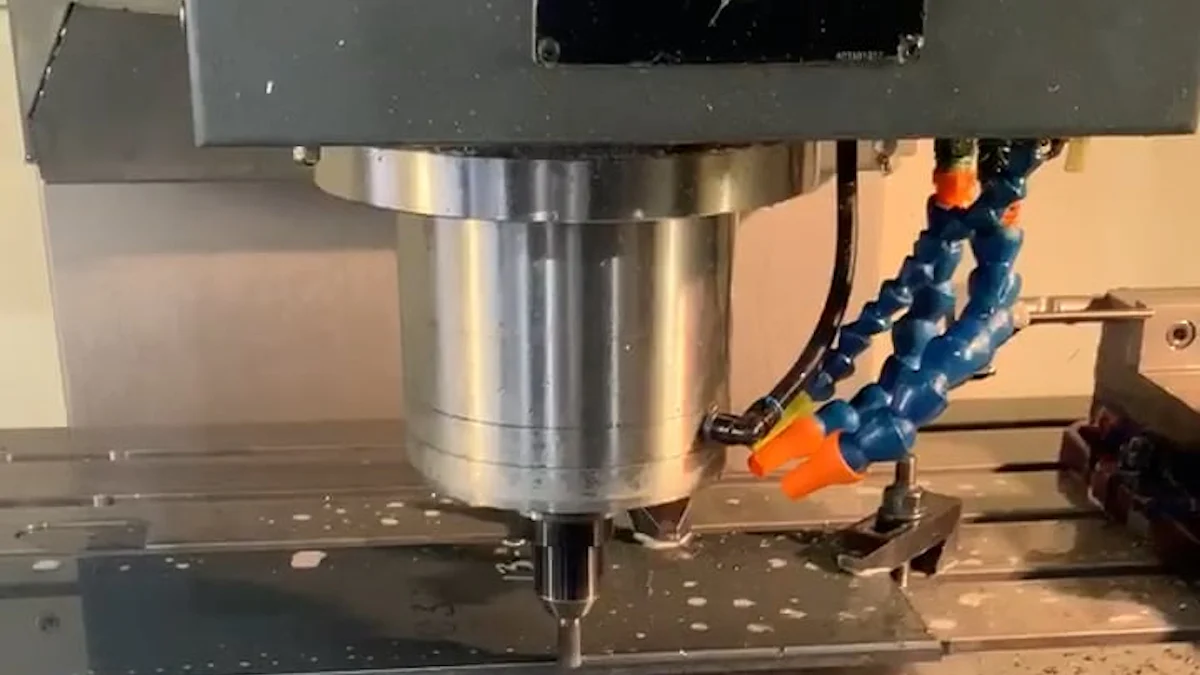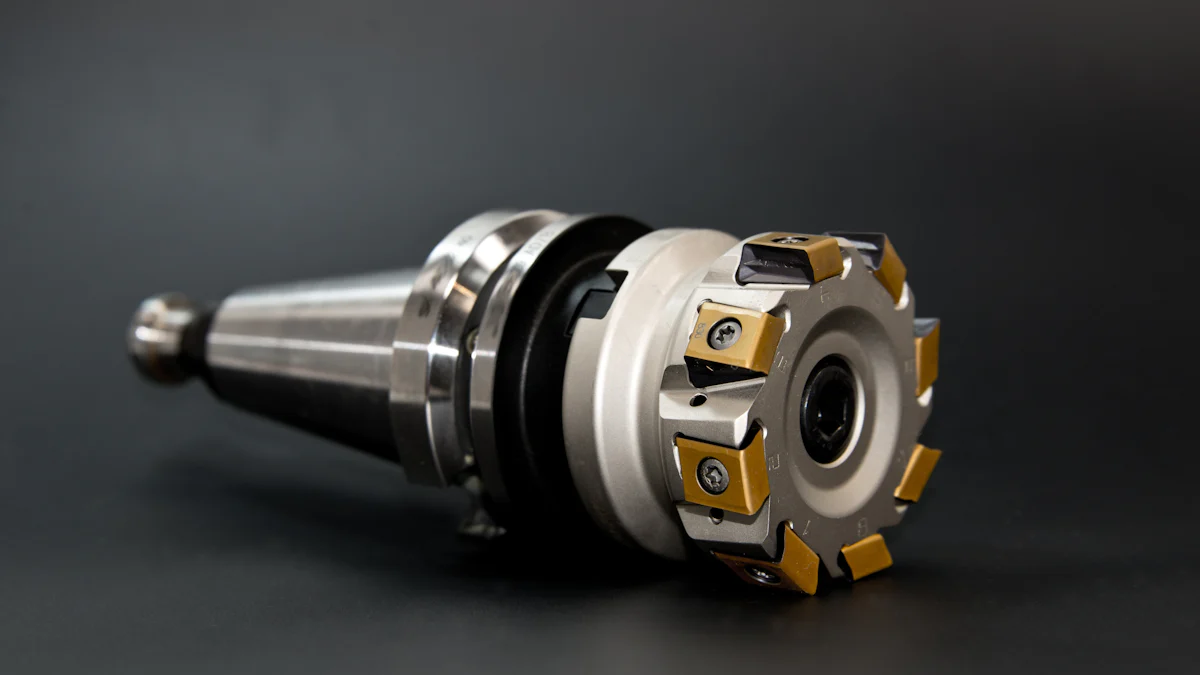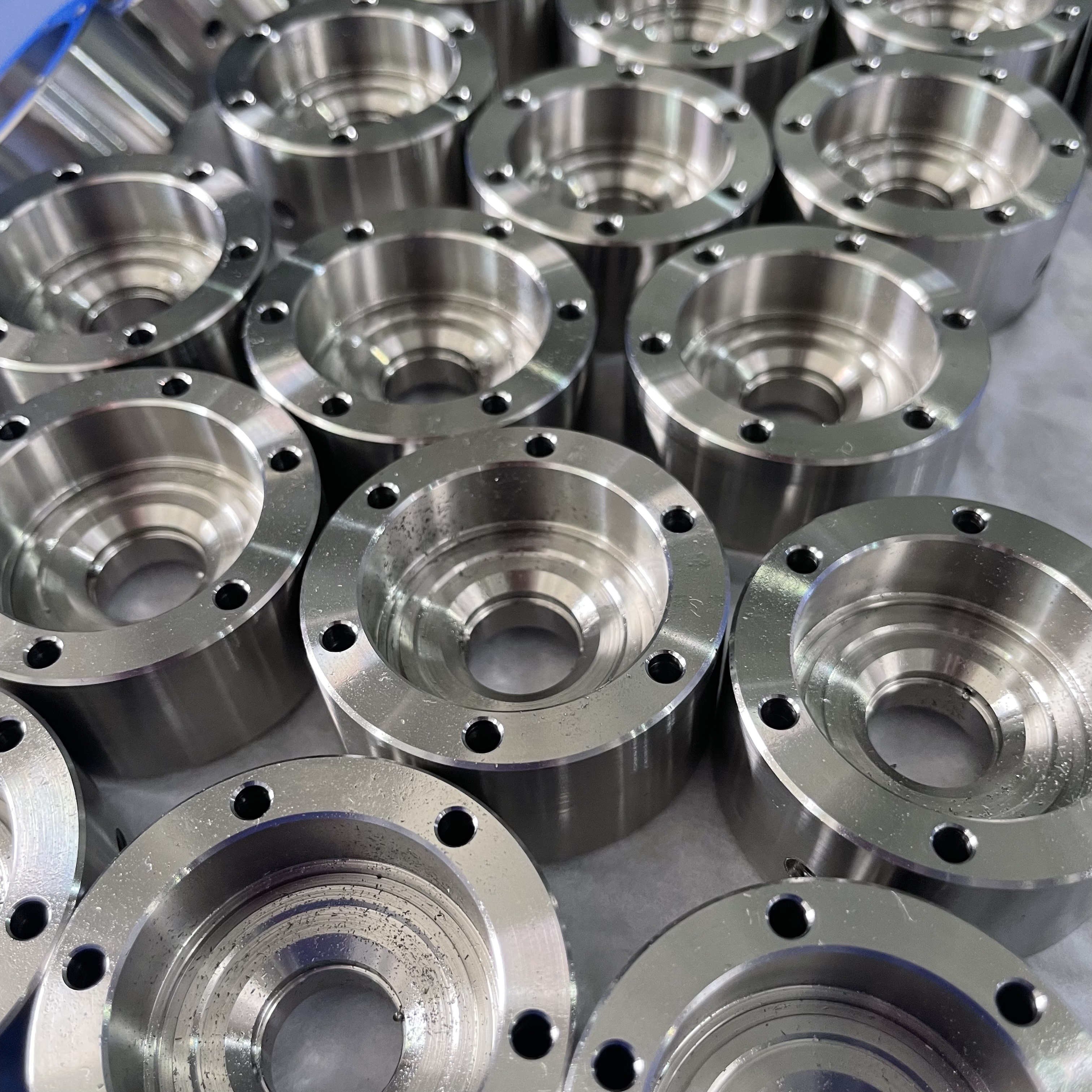What’s the difference between CNC milling and CNC turning?

In the realm of manufacturing, CNC machining stands as a pivotal technology driving innovation and efficiency. The CNC machining USA market is poised to soar to $140.7 billion by 2029, showcasing a remarkable 61% increase from 2022. This growth surge is fueled by economic demands, the trend towards mass customization, and the advent of IIoT technology. Understanding the nuances between CNC milling and CNC turning is crucial for manufacturers seeking precision and optimization in their production processes. For those looking to source CNC parts or CNC metal parts, partnering with a reputable CNC machining manufacturer is essential.
CNC Milling

CNC milling is a cutting-edge technology that plays a vital role in modern manufacturing processes. It involves the use of high-speed rotating cutting tools to shape materials accurately and efficiently. Understanding the intricacies of CNC milling machines is essential for manufacturers aiming to produce intricate parts with precision.
Process
How CNC milling works
CNC milling machines operate by securing a piece of material and utilizing a high-speed rotating cutting tool to remove excess material, resulting in the desired part shape.
These machines can handle challenging materials and are capable of producing complex geometries efficiently.
Types of CNC milling machines
3-axis CNC milling machines: These machines operate on three axes, making them suitable for simpler parts with less complexity.
5-axis CNC milling machines: With the ability to operate on five axes, these machines can produce highly intricate and complex shapes.
Applications
Industries using CNC milling
Aerospace industry: Utilizes CNC milling for manufacturing aircraft components with precise specifications.
Automotive sector: Relies on CNC milling for producing engine parts and intricate vehicle components.
Examples of CNC milled parts
Engine blocks: Precision-milled engine blocks ensure optimal performance and durability in automotive applications.
Aircraft wings: Complex wing structures in aerospace rely on CNC milling for accurate shaping.
Advantages
Precision and versatility
CNC milling offers unparalleled precision, ensuring that each part meets exact specifications consistently.
The versatility of these machines allows manufacturers to create a wide range of shapes and sizes with ease.
Tool variety
End mills: Used for cutting materials axially, providing flexibility in shaping different features.
Face mills: Ideal for creating flat surfaces on the workpiece, enhancing overall part accuracy.
CNC Turning

Process
How CNC turning works
CNC turning is a sophisticated machining process that involves the use of advanced computer numerically controlled machines known as CNC turning centers. These cutting-edge machines, equipped with 3, 4, or 5 axes, are capable of performing various operations such as milling, drilling, tapping, and turning. Unlike traditional lathes, CNC lathe machines rotate a bar of material for cutting until the desired product remains. This rotational movement allows for precise shaping and finishing of cylindrical parts with high accuracy.
Types of CNC turning machines
Turret lathes: These specialized machines feature a turret tool holder that enables efficient and rapid tool changes during the turning process.
Engine lathes: Commonly used for general purpose turning operations, engine lathes are versatile and suitable for a wide range of applications.
Special-purpose lathes: Designed for specific machining tasks, these machines offer customized features to meet unique production requirements.
Applications
Industries using CNC turning
The aerospace industry extensively utilizes CNC turning for manufacturing critical components like turbine shafts and landing gear parts with intricate geometries.
In the automotive sector, CNC turning plays a vital role in producing engine cylinders, crankshafts, and other cylindrical components essential for vehicle performance.
Examples of CNC turned parts
Shafts: Precision-turned shafts are crucial components in various machinery and equipment due to their accurate dimensions and smooth surface finish.
Bushings: CNC turned bushings provide reliable support and reduce friction between moving parts in mechanical assemblies.
Advantages
Efficiency for cylindrical parts
CNC turning excels in efficiently producing cylindrical parts with consistent quality and precision due to its rotational cutting mechanism.
Speed and accuracy
High-speed operations: CNC lathe machines enable rapid material removal rates, enhancing production efficiency.
Superior accuracy: The automated nature of CNC turning ensures repeatable precision in every part manufactured.
Comparison
Key Differences
Movement of workpiece and tools
CNC milling is typically preferred for complex shapes and intricate features, utilizing a stationary workpiece and rotating cutting tools to achieve precision across multiple axes.
On the other hand, CNC turning revolves around a rotating workpiece while the cutting tool remains stationary, making it more efficient for cylindrical or circular parts.
Suitable part shapes and sizes
CNC Milling:
Excels in creating parts with precision across multiple axes and detailed features.
Ideal for complex shapes and intricate designs due to its ability to handle diverse shapes and sizes efficiently.
CNC Turning:
More suitable for cylindrical or round parts, focusing on efficiency for such specific shapes.
Primarily used for cylindrical components due to its rotational cutting mechanism.
Choosing the Right Method
Factors to consider
Complexity of Parts: Consider the intricacy of the part design; opt for CNC milling for complex geometries and CNC turning for cylindrical simplicity.
Production Efficiency: Evaluate the production speed required; choose CNC milling for faster processing of diverse shapes or CNC turning for efficient production of cylindrical components.
Recommendations for manufacturers
Manufacturers should assess their specific part requirements based on complexity, shape, and production volume before selecting between CNC milling and CNC turning. For intricate designs with varied shapes, CNC milling offers versatility and precision. Conversely, if producing primarily cylindrical components at high volumes, CNC turning provides efficiency and accuracy.
When deciding between CNC milling and CNC turning, the key lies in understanding the part requirements. For precise radial features or smooth surfaces, CNC turning is optimal; meanwhile, intricate details across multiple faces favor CNC milling.
Most large, square, or flat parts with features are typically milled, whereas cylindrical parts with features are turned. The choice between milling and turning hinges on the design specifics and desired outcomes.
Combining CNC milling and turning can yield superior results in certain scenarios. By leveraging extensive machining experience, projects can achieve exceptional quality standards.
See Also
Exploring CNC Precision Machining: Understanding the Turning Process
Gaining Insight on CNC Machining: Techniques for Turning and Milling
Becoming a CNC Turning Expert: All You Must Understand
Achieving Mastery in CNC Turning: Key Parameters and Metal Techniques
Resolving Machining Challenges: Optimal Results with NC Milling and CNC Engraving
About US
Follow Us
Your prototype holds unparalleled significance, and we deeply value its uniqueness. Collaborating with you during the preparation phase for running your prototype or parts is a commitment we gladly embrace. Whether it's a single part or a complex assembly, we are dedicated to selecting the optimal tools and pathways to bring your envisioned product to life.
At Precision Fab CNC Machining, we specialize in producing parts for prototypes, short runs, and high-volume production. Our prototyping machine capabilities extend across metal, plastic, and wood machining, with welding fabrication services available to complement and finalize your prototype if required.
Address
Address: Room320 10F, Building A,Nanshan international building, Dayawan District, Huizhou, Guangdong, 516001 China
Contacts
billy@timaycnc.com

